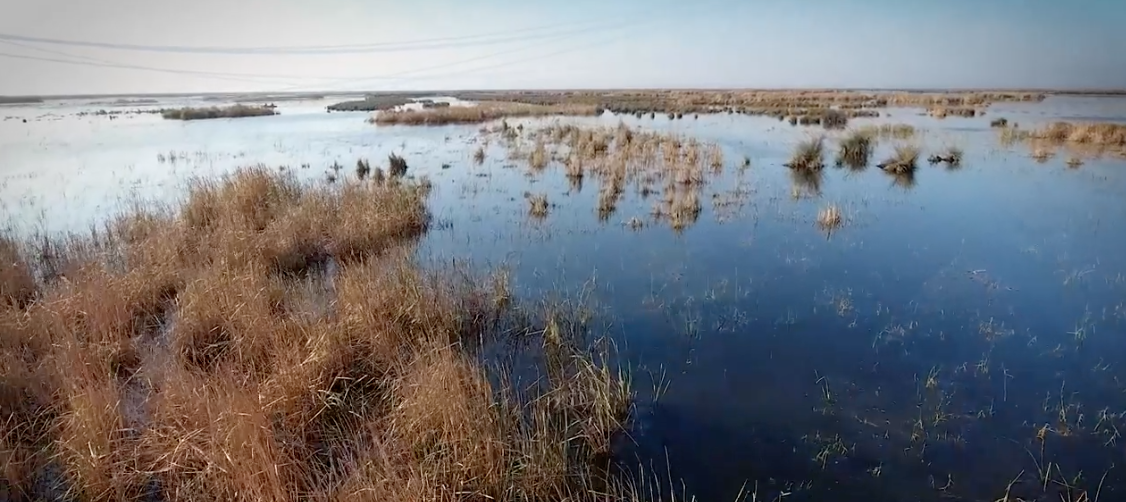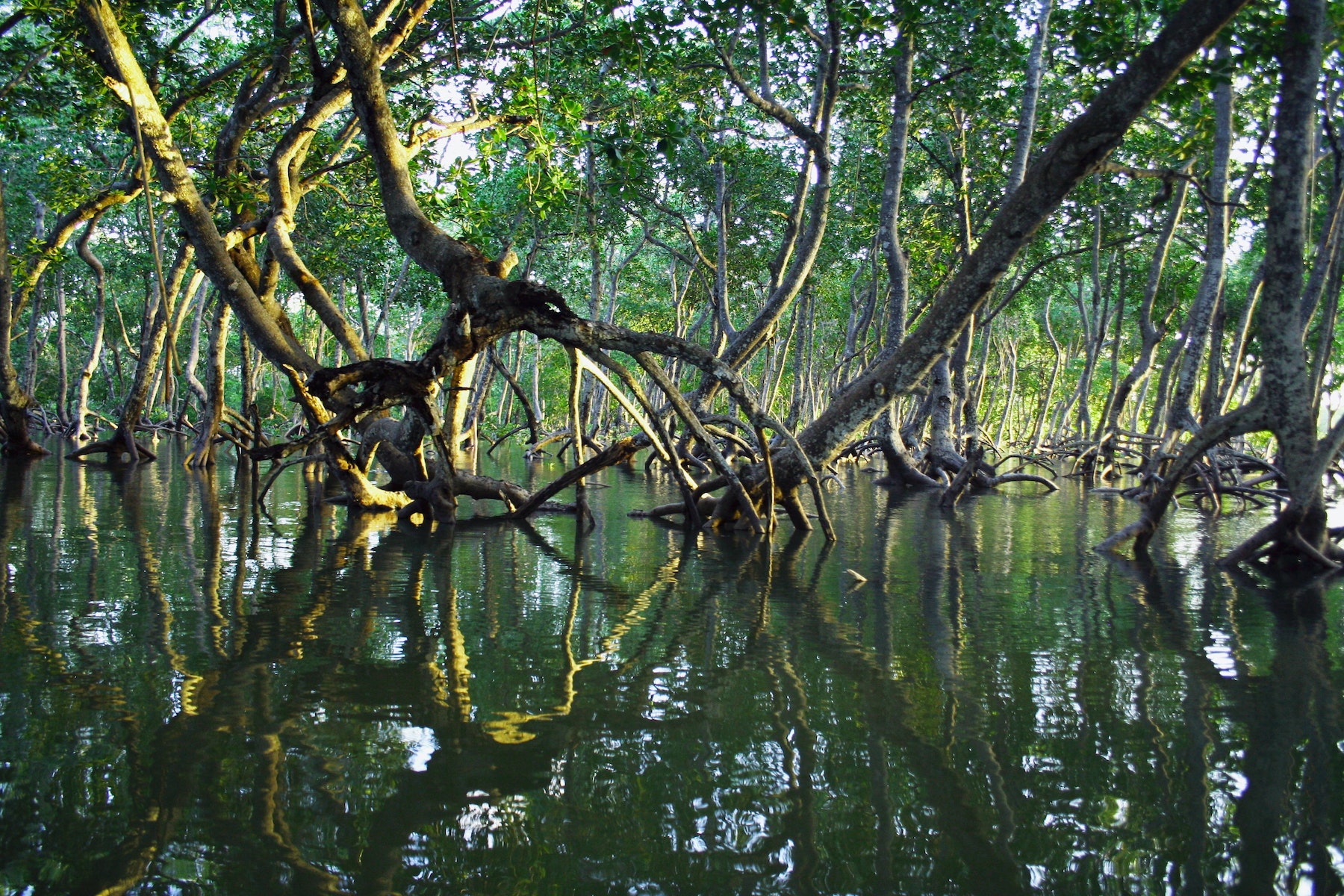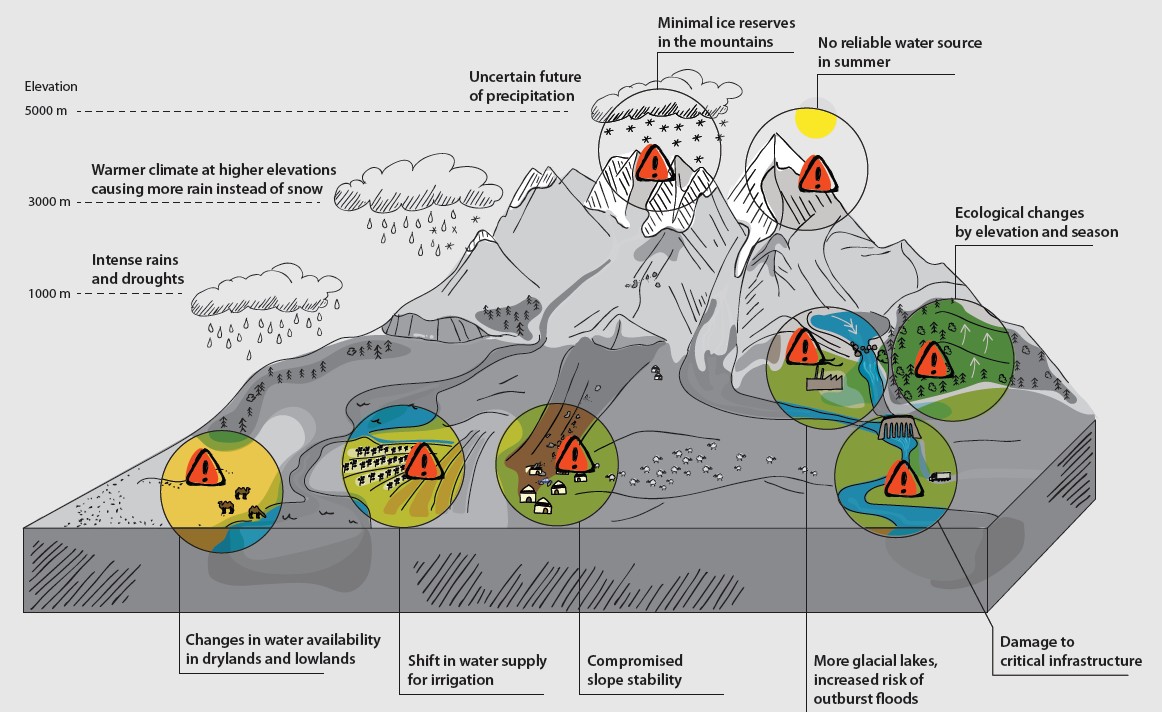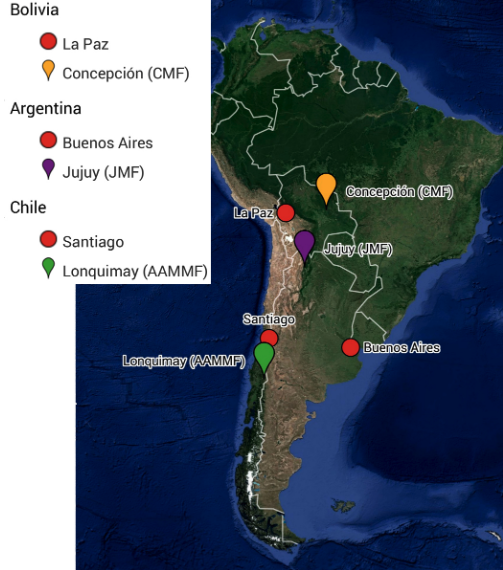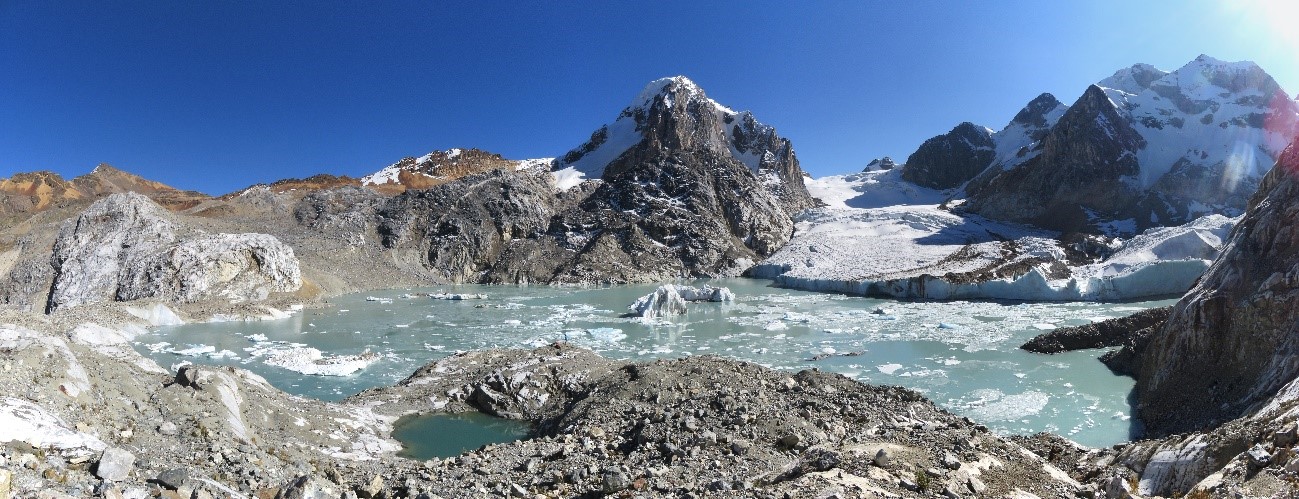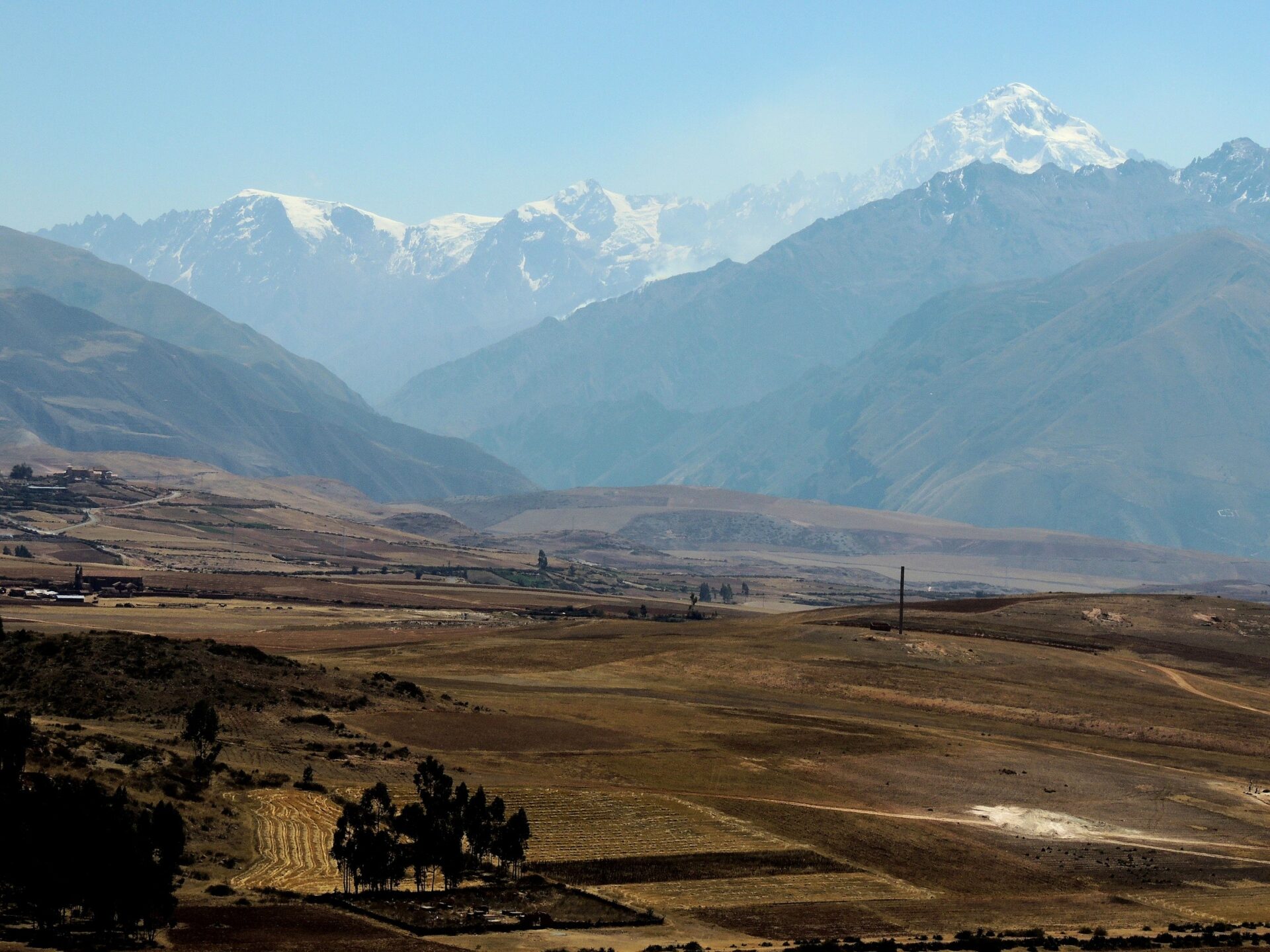Water resources management
Water Evaluation and Planning (WEAP) Tool
WEAP (Water Evaluation and Planning) is a software tool for integrated water resources planning. It provides a comprehensive, flexible and user-friendly framework for policy analysis.
Low Emissions Analysis Platform (LEAP)
LEAP, the Low Emissions Analysis Platform, is a widely-used software tool for energy policy analysis and climate change mitigation assessment developed at the Stockholm Environment Institute.
Ecosystem-based adaptation for beginners edX MOOC course
This EbA course will equip learners with transferable and replicable skills in designing and implementing EbA initiatives by offering targeted training on key principles, risk assessments, monitoring, and governance.
The Importance of Floodplain Restoration for Mangroves
Learn about floodplain restoration for mangroves with this short and easy-to-understand video
The Climate-Cryosphere-Water Nexus in Central Asia
This nexus brief explores the interactions between changes in the cryosphere due to climate change and the consequences for water resources and hazard management in Central Asia.
Understanding the socio-institutional context to support adaptation for future water security in forest landscapes
This paper aimed to identify conditions that can facilitate local adaptation planning for future water security, accounting for the socio-institutional context.
A first National Inventory of Future Glacier Lakes: implications for water and risk management in Peru
The following article presents the construction and usefulness of a first National Inventory of Future Glacier Lakes in the Peruvian Andes for new pathways of water and risk management.
Risks and options from new lakes in the Andes of Peru: implications for future water management
This study has been conducted in the framework of the SDC’s ‘Glacier Project+’ highlighting both potential risks and options from shrinking glaciers and growing lakes in the Southern Andes of Peru.
Learning Journey: Climate Resilient Agriculture and Food Systems
This article summarises a learning journey that engaged participants from diverse topical backgrounds in a series of discussions and (recorded) webinars on climate resilient agriculture.
Using climate information for Climate-Resilient Water Management: Moving from science to action
Based on experience and learning from ACT projects, the paper presents 10 key recommendations for integrating climate information into water resources management.


